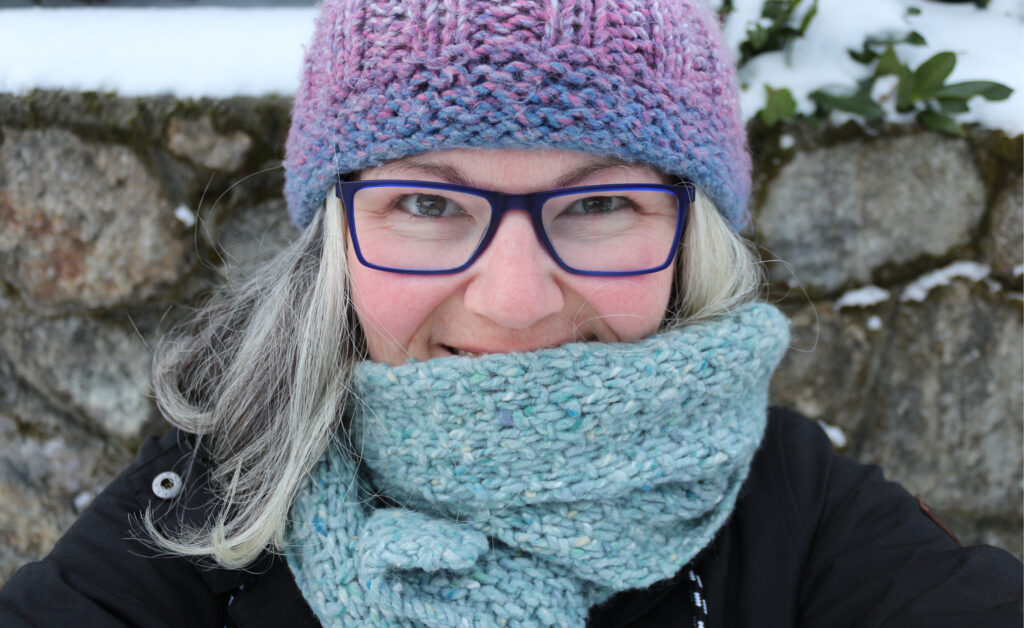by Tina Kelly –
The region is set to experience a dramatic shift in temperatures along with a flurry of the white stuff. Or so the forecast stands as I tap this out on my keyboard. Hardly a scene where one plots and plans out their yard and garden. Yet as a planner by nature, I believe it’s never too early, especially when the task at hand is important – to rid our yards of leafy invaders.
Invasive species, plant or animal, have detrimental impacts; those impacts are ecological for certain but can also be social and economic, affecting the forestry and agriculture industries. They outcompete native species and reduce availability of traditional and medicinal plants for Indigenous communities. Invasive plants impact recreational areas, decrease property values, degrade soil and alter fire cycles; the latter something already impacted by climate change. Listing all of the negative effects invasive species have on our environment would take several pages. Behind habitat loss, invasive species is the second-greatest threat to biological diversity.
If posed with the question “name an invasive plant,” many would without hesitation shout Scotch broom or English ivy. Yes, those are both well-established invasives. But rising to the top of the local invasive species hit list may be some new to your ears – yellow loosestrife and various species of knapweed, toadflax and knotweed.*
Learning to remove and control invasive species on private property is one piece of the puzzle we can peck away at. Eradication takes planning and there are best and worst times for pulling or cutting plants. Removing at the wrong time can actually increase dispersal – the opposite of the goal. For example, Scotch broom should be removed after flower but before going to seed. Removing plants before they fruit or seed also diminishes dispersal by foraging birds. Best practices for handling and removing specific species can be found online; it’s not a one-size-fits-all approach. Removed species should not be composted, but rather wrapped in a tarp and taken to Hartland Landfill. Be careful: some species are not only toxic to animals but to us as well, so precautions and safety measures are warranted.
Like many things in life, prevention is best. Did you know garden centres are able to sell you invasive species? Now is the time to research. When it comes time to plant, ask questions and support businesses that choose not to offer invasives for purchase. The Invasive Species Council of BC (ISCBC) provides great resources, including Grow Me Instead. Good visuals and easy-to-understand language showcase the 28 most unwanted horticultural plants and what to grow as an alternative. Instead of butterfly bush, grow Lewis’ mock orange or red flowering current. Instead of purple loosestrife, grow hardhack or native lupines.
Studies have shown wild seed mixes regularly contain invasive species. Pause to read the included species, looking out for those on the invasive list, and avoid buying any mix that does not list the contents.
While the days are short and the weather is blah, take in free e-learning offered by ISCBC. Offerings include Invasive Species 101, Plantwise, Invasive Species Identification and Observing and Recording.
Here’s to a naturally beautiful yard and garden minus any nasty or noxious leafy invaders.
*The tenth edition of Noxious Weeds and Other Selected Invasive Species of BC is available online. Other useful resources on invasive species can be found online on the CRD and District of Saanich websites.




